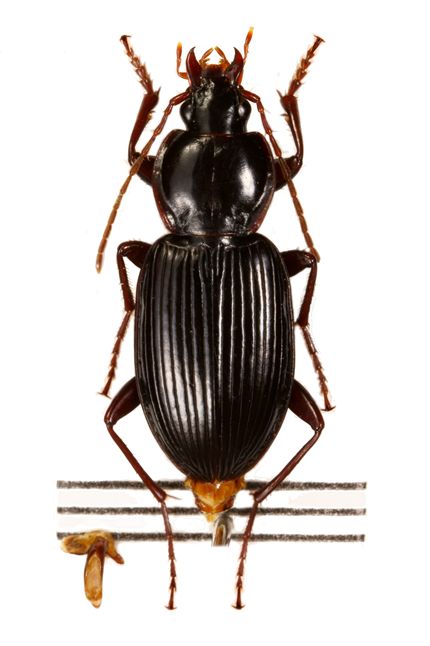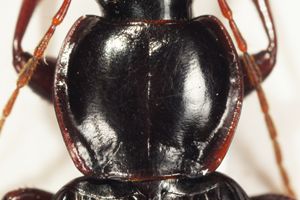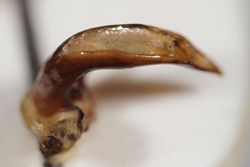| Ecology |
silvicolous (Kasahara and Nishiyama 1990, Ishitani 1996), paddy levee (Inoue 1978c), apple orchard (Koyama and Yamada 1980), plantation of Chamaecyparis obtusa (Tanaka 1981), Quercus serrata forest (Tanaka 1981), mountainous area (Yamaguchi museum 1988), mountain (Yamaguchi museum 1988, Hosoda 1996, Hosoda 2000), plantation of Chamaecyparis obtusa and Cryptomeria japonica (Tanaka 1991a, 1991b), secondary forest of Pinus densiflora (East Japan Research Group of Carabid Beetles 1989, Ishitani 1996), coppice forest (East Japan Research Group of Carabid Beetles 1989, Tanaka 1991a, Hosoda 1996, Hosoda et al. 1996, Taniwaki et al. 2005, Matsumoto 2005, Kagawa 2008, Matsumoto 2009a), woods (Sunose 1992, Sunose and Kurosawa 1992), forest edge (Sunose 1992, Sunose and Kurosawa 1992, Kato 2000, Hori 2001), slope of mound (Sunose 1992, Sunose and Kurosawa 1992), forest zone (Kimoto and Yasuda 1995, Hosoda 2000, Hori 2001, Siddiquee and Nakamura 2004, Suttiprapan and Nakamura 2007), edge of broad-leaved deciduous forest neighboring paddy fields (Togashi and Hashimoto 1994), mixed forest (Kimoto and Yasuda 1995), mixed forest (Kimoto and Yasuda 1995), secondary forest of Alnus sieboldiana (Ishitani 1996), secondary forest (Hosoda 1996), Abies sachalinensis forest (Hori 2003), Picea abies forest (Hori 2003), broad-leaved secondary forest (Hori 2003), park forest (Hori 2003), Larix kaempferi forest (Hori 2003), vegetable field (Siddiquee and Nakamura 2004), Cryptomeria japonica forest (Hiramatsu 2004), beech forest (Hiramatsu 2004), field (Salah et al. 2004), broad leaved forest (Matsumoto 2005, Matsumoto 2008, Matsumoto 2009a), suburban forest (Fujita et al. 2008), urban forest (Fujita et al. 2008), urban park (Lee and Ishii 2009), Satoyama forest (Lee and Ishii 2009), laurel forest (Matsumoto 2009b), adult or larva (Ishitani 1996), autumn (Tanaka 1981, Tanaka 1991a, 1991b), from September to October (Ishitani 1996), carnivorous (Ishitani 1996), nocturnal (Tanaka 1991a), proovigenic type (Ishitani 1996), collected by light trapping (Inoue 1978c, Suttiprapan and Nakamura 2007) |
 |
| 






